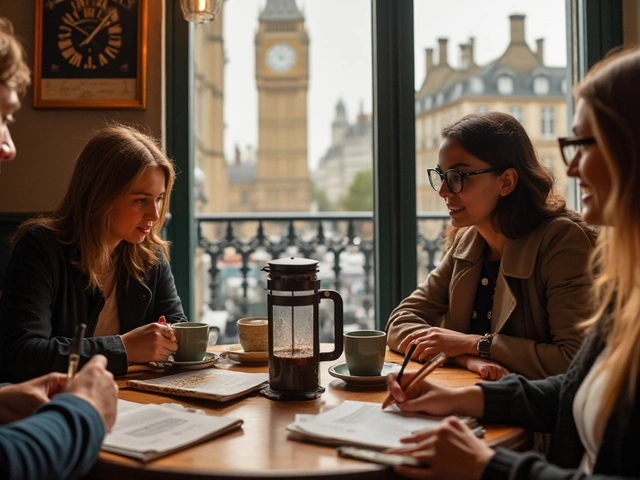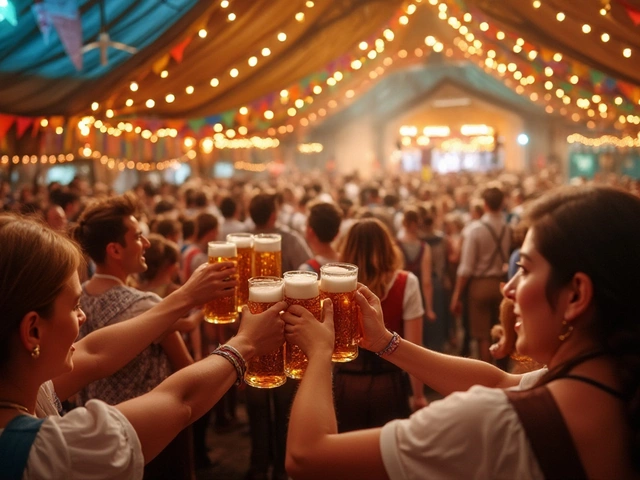Wine Guide: Practical Tips for Tasting, Pairing, and Enjoying Wine
Whether you’re new to wine or a seasoned sipper, a clear guide makes every glass more rewarding. Below you’ll find straightforward advice you can use right now – no jargon, just useful habits that improve flavor, confidence, and fun.
Master the Basics of Tasting
First, look, swirl, sniff, and sip. Hold the glass up to light, notice the color – pale gold to deep ruby tells you about age and grape type. Give it a gentle swirl to release aromas, then take a quick nose. Ask yourself: fruity, floral, earthy? When you sip, let the wine coat your tongue before you swallow. Notice the balance of sweetness, acidity, and tannin. This simple routine helps you spot what you like and what you don’t.
Don’t forget the palate cleanser. A sip of water or a bite of plain cracker between wines resets your taste buds, especially when you move from a light white to a bold red. It’s a quick trick that many pros use to keep flavors distinct.
Food Pairing Made Easy
Pairing doesn’t have to be a science experiment. Start with the basic rule: match weight and intensity. Light wines like Sauvignon Blanc work well with salads, fish, or goat cheese, while fuller reds such as Cabernet need heartier dishes – steak, aged cheddar, or mushroom risotto. If you’re unsure, try the classic cheese and wine combo: soft cheeses with white wines, hard cheeses with reds. Our post "Best Cheeses to Pair with Chardonnay" shows why buttery cheese like Brie shines with that wine’s creamy notes.
Another handy tip is to think about the sauce, not just the main ingredient. A chicken dish with a creamy mustard sauce often pairs better with a medium‑bodied white like Chardonnay, while a tomato‑rich pasta calls for a bright, acidic red such as Chianti. This approach avoids clashing flavors and makes the meal sing.
When you plan a wine tasting night, ask yourself: should you eat during the tasting? The article "Can You Eat During a Wine Tasting?" explains that a few light bites – crackers, olives, or mild cheese – keep your palate active without overwhelming the wine. Avoid heavy, spicy foods that can mask subtle notes.
Finally, remember etiquette. Let your host pour the first sip to check for faults, then taste. If you’re at a restaurant, wait for the server to bring the glass before you start swirling. Small gestures like these show respect for the wine and the people serving it.
With these practical steps, you can turn any glass into a learning experience. Explore our related posts for deeper dives – from the science behind cheese and wine to the best drinks to sip before a tasting. Happy sipping!
Curious about how to taste wine like the pros? This article breaks down the classic five steps of wine tasting into easy, clear instructions that anyone can follow. From looking and swirling to sniffing and sipping, each step is packed with practical advice and tips. Learn why each part of the process matters and how even small details—like the glass you use—can change your wine experience. Perfect for beginners or anyone who wants a quick, reliable guide to getting more enjoyment from every glass.
View Details

